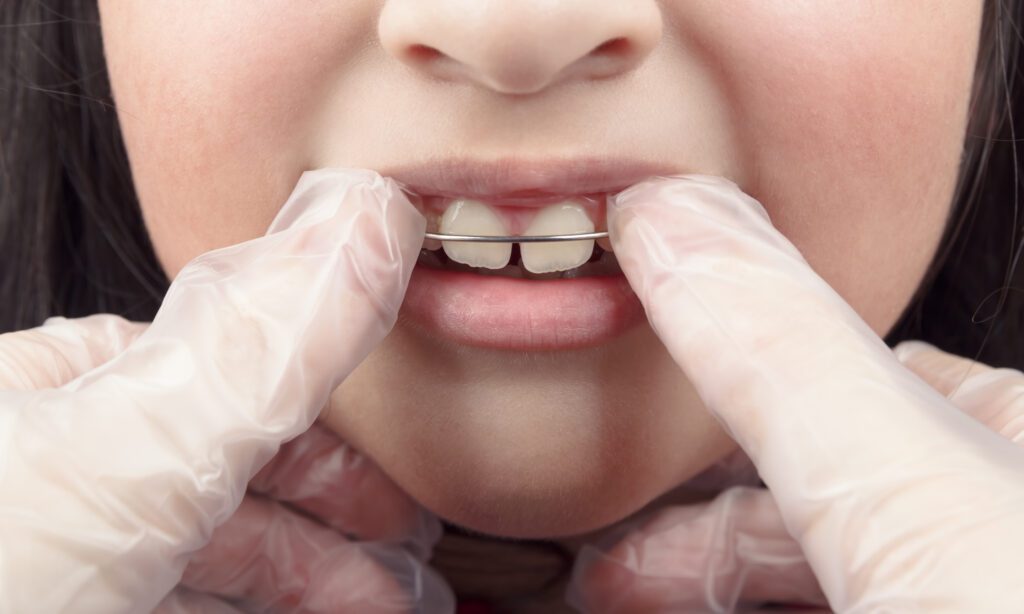Dr. Daniel Moheban provides two-phase treatment for pediatric patients in Worcester, MA. It is an orthodontic service we offer to new and existing patients. Two-phase treatment helps young patients with myofunctional habits and orthodontic concerns.
Myofunctional habits like thumb-sucking or tongue thrust can impact the palate, jaw, and teeth. Addressing these habits and orthodontic problems like overcrowding is a part of preventative care.
In many cases, two-phase treatment can prevent the need for complex dental treatments, tooth extractions, and surgeries later in life.

Treating Developmental Problems with Two-Phase Treatment
The first phase of two-phase treatment can prevent problems that impact your child’s oral development. Common signs of oral developmental problems in children can include:
- Thumb sucking
- Overcrowded teeth
- Early loss of baby teeth
- Tongue thrust
- Difficulty chewing or speaking
- Teeth that do not make contact
Routine, early dental care is important to ensure that patients do not develop oral health problems later in life. During regular pediatric appointments, our team examines the smile and can catch problems that myofunctional habits can create.
Not all children will require two-phase orthodontic care. In fact, most children may only require orthodontic dental care once. We will recommend a two-phase orthodontic treatment for children who have signs of overcrowding or malocclusion.
Two-Phase Orthodontic Treatment in Worcester, MA
Our dental office will thoroughly examine your child’s smile to understand their needs and provide quality, detailed care. Learn what happens during two-phase treatment:
1st Phase
During the first phase of treatment, we examine and analyze the oral cavity and jaw. Dr. Dan will determine if there are problems with tooth function, an underdeveloped palate, malocclusion, or musculoskeletal concerns.
The first phase of the two-phase process involves an orthodontic appliance. Orthodontic appliances can correct bite problems impacting speech, overcrowding teeth, small palates or jaws, and improve oral health development.
Some of the most common orthodontic appliances we suggest include a palate expander or Herbst appliance. We typically recommend this first phase when patients are between 6 and 9 years old.
2nd Phase
After the first phase of treatment, we will monitor your child’s dental health and development. Then, during the second phase of treatment, we will recommend metal braces to ensure that the teeth are properly aligned.
Phase two begins when children are 11 or 12, and orthodontic treatment can take 12 to 20 months.
Ultimately, two-phase treatment can improve your child’s development, ensuring their teeth and jaw form properly. Early orthodontic treatment can set up your child for years of healthy smiles.
Call Our Pediatric Dental Office
Are you already noticing orthodontic problems in your child? Contact us for a thorough examination. Schedule your child’s next dental appointment online or call Children’s Dental Specialties at (508) 625-5534.
Don’t hesitate to ask us any questions you have about your child’s dental care; we’re here to help.
